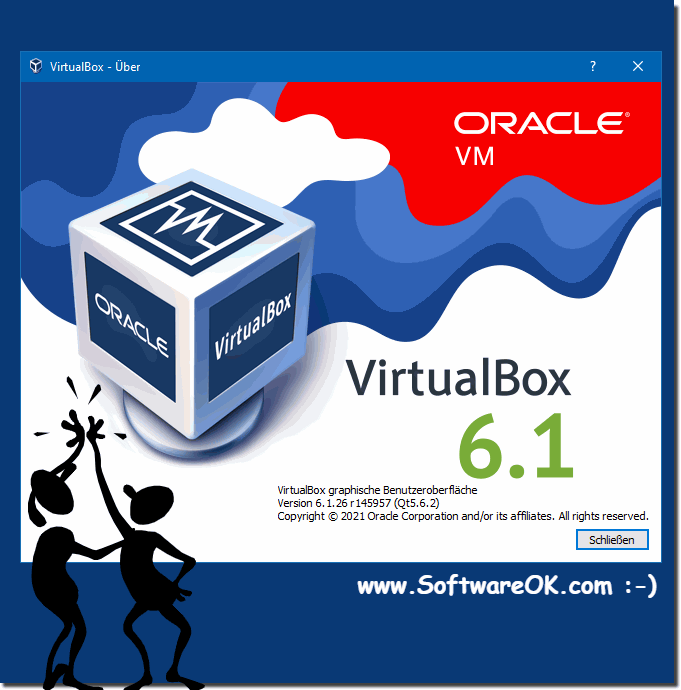The procedure on a platform virtual machine, such as that used when working with virtual machines (VMs) or virtual environments (e.g. cloud platforms), can vary depending on the specific platform and goal. However, here are some general steps you would typically go through:1. Planning and preparation:
|
| (Image-1) Virtual platform machine? |
 |
9.) Conclusion regarding Windows, Linux and macOS:
When we look at how platform virtual machines are approached and used across the three main operating systems — Windows, Linux, and macOS — there are some differences and considerations that are relevant. Here are the key points to keep in mind:
Windows
- Installation and usage
: Windows operating systems are often found in virtual machines, especially for software testing or to use different versions of Windows. Most virtualization platforms support Windows natively and provide easy-to-use tools for managing VMs.
- Licensing
: Note that Windows VMs often require an additional license. Microsoft offers special licenses for virtual environments, such as the Windows Server Licenses or Volume Licenses.
- Integration and compatibility
: Windows offers good support for virtualization platforms such as VMware, Hyper-V, and VirtualBox. It also offers native support for Hyper-V, Microsoft's own virtualization platform.
- Security
: Windows VMs require regular updates and security measures. Windows Defender and other security solutions should be enabled and updated regularly.
Linux
- Flexibility and cost
: Linux is often a preferred choice for virtual machines, particularly because of its flexibility and the variety of free distributions. Many Linux distributions are specifically optimized for virtualization.
- Installation and usage
: Most virtualization platforms support Linux natively. There are many specialized distributions for virtualization and containerization (e.g. Proxmox, Ubuntu Server).
- Resource usage
: Linux VMs are often more resource-efficient than Windows VMs, making them a good choice for resource-constrained environments.
- Security
: Linux offers numerous security tools and options. Updates and patches are easy to manage through the respective distribution's package management systems.
macOS
- Virtualization on macOS
: macOS can run as both a host and guest operating system in virtual machines. However, support for macOS VMs on platforms such as VirtualBox and VMware can be complex, particularly due to licensing restrictions.
- Hardware requirements
: Virtualization on macOS often requires specific hardware, such as Apple hardware for native support or additional hardware resources to run macOS VMs.
- Licensing
: Apple only allows virtualization of macOS on Apple hardware, and often only for development or testing purposes. The licensing terms for macOS VMs are stricter compared to Windows and Linux.
- Integration and compatibility
: macOS VMs are well integrated into the macOS environment, but offer fewer support and options compared to Windows and Linux. This is particularly useful for developers testing or developing macOS applications.
Conclusion:
- Windows
: Offers extensive support for virtualization, but often requires additional licenses and has higher system requirements. Ideal for companies that use Windows-specific software or services.
- Linux
: Ideal for a wide range of use cases, including server applications and development environments. Cost-effective and resource-efficient.
- macOS
: Useful for virtualization within Apple ecosystems, but has specific licensing and hardware requirements. Particularly beneficial for developers who need to develop or test macOS-specific applications.
Each platform has its own strengths and weaknesses that should be considered when selecting the platform virtual machine and corresponding operating systems.
FAQ 44: Updated on: 28 August 2024 11:20
